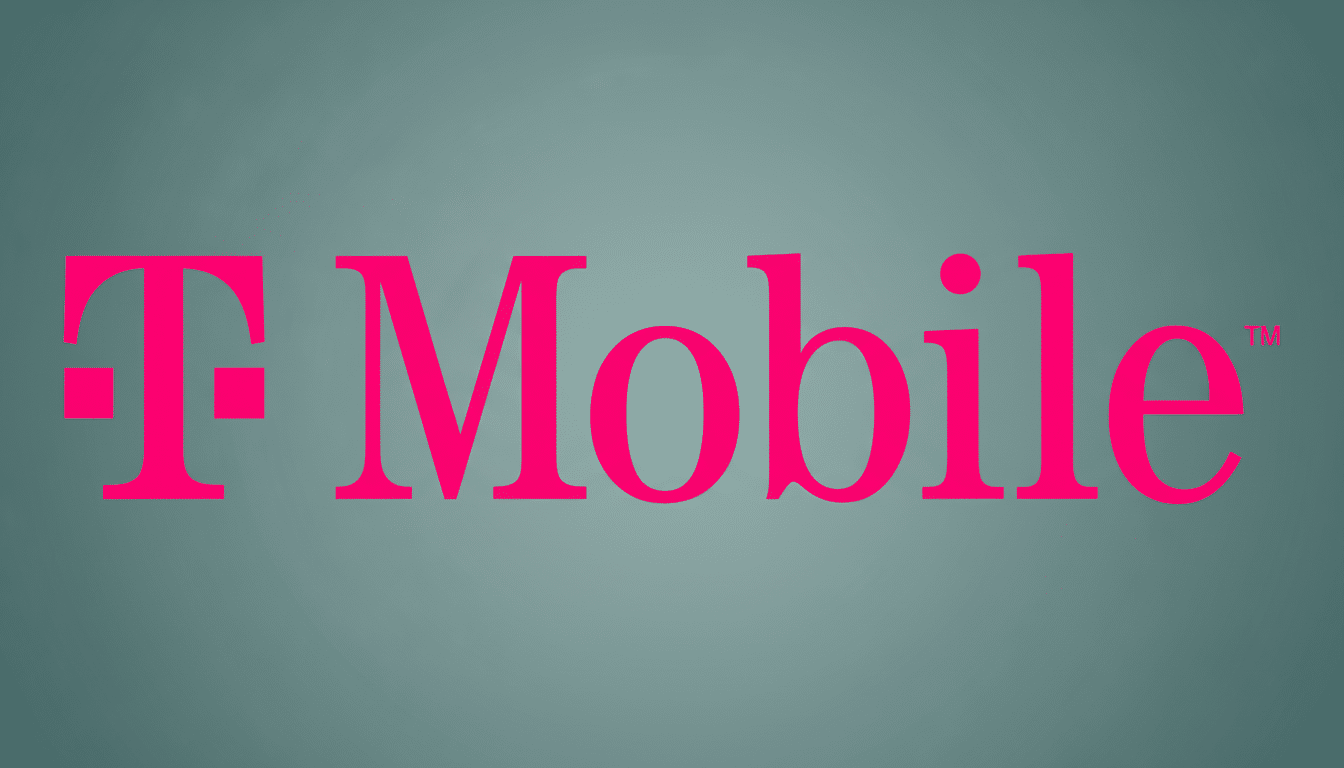T-Mobile is getting ready to “wind down” most of its LTE footprint while reshaping dedicated spectrum for 5G, according to an internal roadmap obtained by The T-Mo Report. The Un-carrier will gradually refarm low and mid-band LTE bands as the foundation of 5G standalone service as it prepares to melt away the core less than half a decade from now and completely within another half in order to build out its next-gen mobile network.
The transition is the next major milestone in the life of a wireless standard. After the 3G sunset, LTE would supersede as the mobile workhorse. Now, as 5G is maturing—particularly on standalone core—operators require LTE’s spectrum headroom to scale up performance, reliability, and network features that LTE cannot match.

Why T-Mobile Is Shifting Spectrum from LTE to 5G
Refarming is about spectral efficiency. LTE bands 2, 4/66, 12 and 71 are low and mid band frequencies that penetrate buildings and cover wide areas. Placing those lanes over 5G enables T-Mobile to make the channels wider, to bond carriers together, and to use more complex scheduling and beamforming—mathematically increasing both the amount of data that can traverse them and lowering lag times for more people.
T-Mobile already has the leading 5G availability and mid-band coverage in the U.S. through its 2.5GHz airwaves (n41) and low-band 600MHz (n71). Industry reports by Opensignal and Ookla have repeatedly concluded T-Mobile has the largest 5G footprint but also ranks among the highest median speeds, often upwards of 200 Mbps in many markets. Re-purposing of LTE spectrum for 5G also enhances those benefits and facilitates attributes like network slicing and Voice over New Radio (VoNR) at greater bandwidth.
The Timeline and What Will Change Through 2035
The plan, as outlined in the leaked paper, is a measured one. You won’t wake up to find LTE going away, but you will feel your capacity getting thinner as carriers shrink channel widths and repurpose blocks. After the first two years of the transition, only a slim 5MHz LTE channel may be left available in most locations — effectively sunsetting most LTE service by roughly 2028, with full deactivation planned for 2035.
One of the most emphasized changes comes in device activations. New lines and SIM activations are predicted to require 5G standalone–compliant phones beginning in January 2026, with LTE-only or non-standalone 5G devices necessitating a special exception. That policy is nudging the base forward to modern radios and chipsets that are capable of unleashing the full potential of a 5G core.
Effect on Subscribers and MVNOs During the Shift
Day-to-day service for the majority of smartphone users on T-Mobile or its hosted MVNOs (like Metro and Mint) should also remain unchanged during preliminary phases. Phones and devices introduced in the last couple of years already support 5G SA on low-band n71 and mid-band n41, and there will be equal or better coverage once those airwaves are reallocated.
The sticking points will be legacy LTE-only devices, older hotspots and some IoT or M2M endpoints. As has been observed with the 3G sunset, LTE modems embedded in alarm panels, industrial sensors and connected cars may need hardware swaps or firmware updates. Organizations should audit device fleets today to ensure 5G SA and VoNR are supported, and bands are compatible, especially n71 for reach and n41 for capacity.

Coverage and Performance Considerations for 5G
Performance of 5G will rely on spectrum mix. High-end devices, like $1,200 Samsung Galaxies or even iPhones using 5G equipment made by Qualcomm, can hop between super-fast millimeter-wave n260 and unrivaled high-band (n261), traveling very far on little bandwidth. Low band n71 covers deep inside buildings and across rural miles, while midband n41 is the speed lift that most people associate with 5G. Converting former LTE low- and midband channels into 5G makes those lanes wider and reduces congestion. T-Mobile has led on the availability of 5G nationwide in independent testing, a reflection of that spectrum strategy.
There will be nuances. There may be some edge-case rural coverage sites that had previously been heavily dependent on LTE-only. These may have early signs of signal changes as capacity is re-balanced. But network planning often lays 5G on top of current grids, and cutting-edge radios can apportion resources on the fly to continue running service even as refarming unfolds.
How to Prepare Now for T-Mobile’s LTE Sunset
Consumers: make sure that your phone supports T-Mobile bands for 5G standalone and VoNR. If you carry an older LTE-only device — or an NSA-era 5G phone — think about upgrading sooner rather than later, before new-activation policies start to harden.
Businesses & IoT operators: catalog all cellular endpoints, validate 5G SA readiness, and work with suppliers to plan migration schedules. Focus on endpoints in areas with the earliest LTE spectrum refarm and test SIM profiles, firmware and fallback behavior.
The Bigger Industry Picture as 5G Becomes Dominant
Every generation gets a sunset. 2G and 3G decommissions freed spectrum for LTE; now LTE’s turn is coming as 5G becomes the norm. According to Ericsson’s Mobility Report, mobile data usage will never stop growing this decade and the GSMA observes that 5G will be the dominant cellular technology in major markets by some margin long before its successor. U.S. operators who have not provided clear LTE end-of-life date plans will eventually go down the same refarm route as 5G demand surpasses that of legacy needs.
For T-Mobile, the spectrum shuffle towards 5G SA is less an endeavor to chase a speed headline, and more about laying foundation for advanced services — ultra-reliable low-latency connections (URLLC), scaled fixed wireless service, and enterprise features that rely on a 5G core. It was a good, long run for LTE. Now the network is clearing space for whatever comes next.

